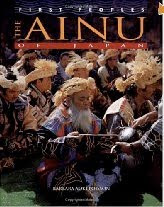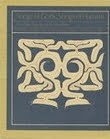
I have been building up a collection of Ainu-related books for many, many years and never tire of "wallowing" in my library. Whenever I get the chance to acquire material that isn't readily accessible to the general public, I try to get multiple copies. Recently I was going through my shelves and files, picking out duplicates of booklets I've picked up from various Ainu associations. I've chosen ten booklets to give away, each covering one of the following topics: Ainu food, Ainu arts, Ainu housing, Ainu religion, and Ainu tools. Of the ten, two are of a more general nature, providing an overview of Ainu history, culture, and politics as it relates to the government of Japan. The first eight booklets are bilingual (English and Japanese), and the last two are in English only. I can't promise which booklet you will get, but if you tell me your first and second choices, I will try to send you one you are most interested in. The booklets go to the first ten people who send me a request by email. Send your request and postal address to projectuepeker at mac.com













